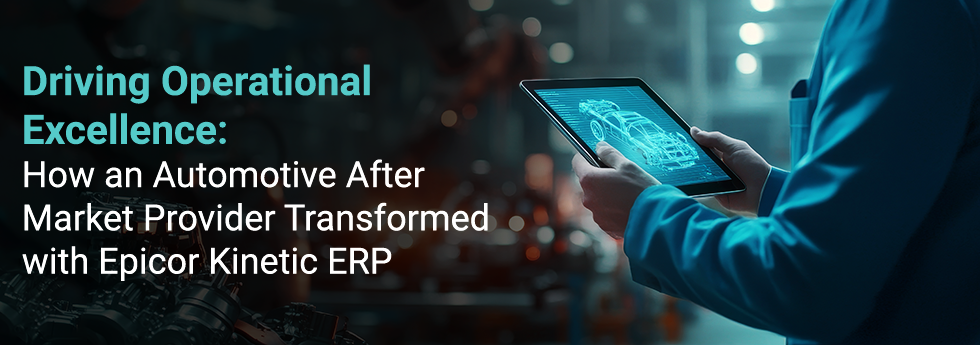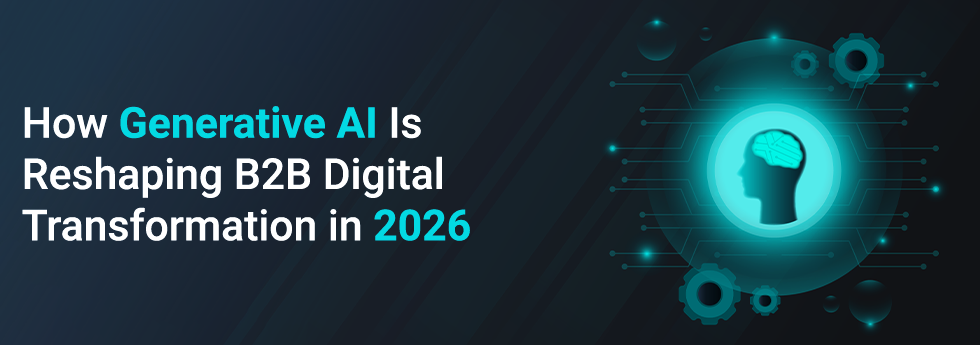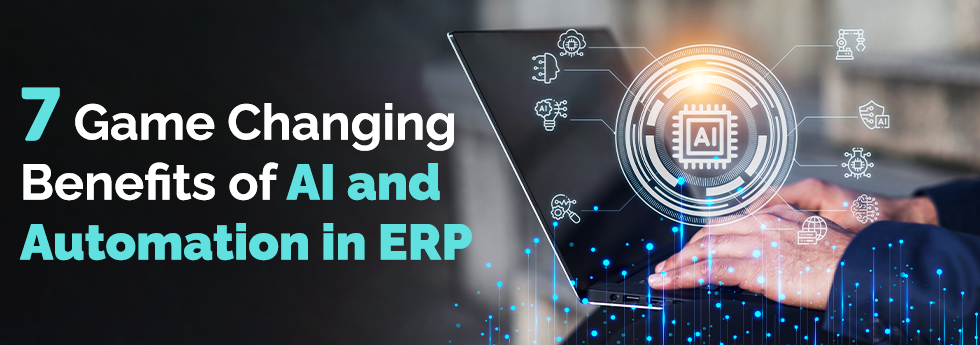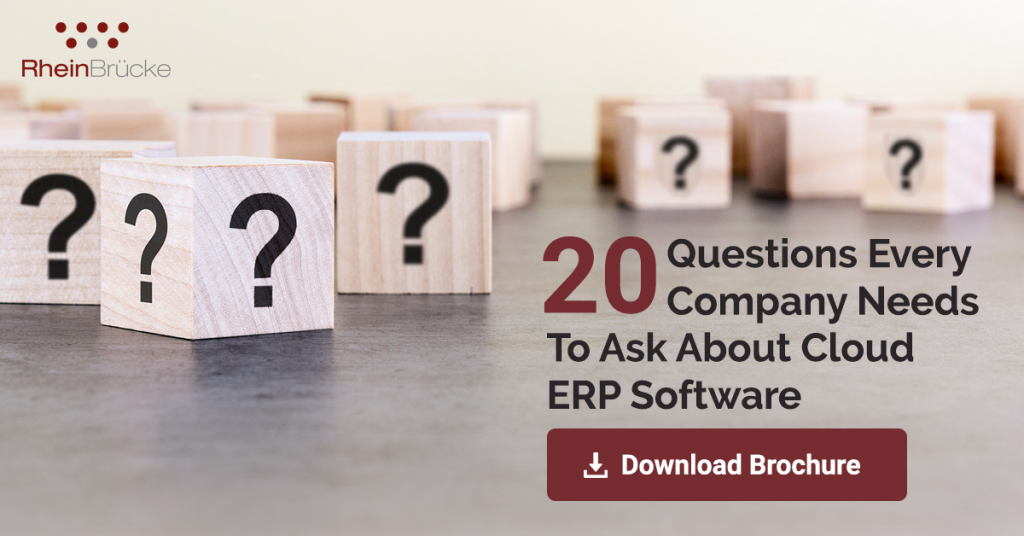
This morning’s read of Deloittes analysis on 2018 retail, wholesale and distribution industry trends gives the reader a sense of optimism on the marriage between technology and the retail, wholesale and distribution industry.
The report introduces the readers to the current trajectory of retail. According to Deloittes projections, the retail industry is anticipated to grow annually at a rate of 3.2% to 3.8% as opposed to last year’s 3%. The report also shows overall retail sales to have grown from 3.5 percent in 2008 to 8.9 percent and anticipates e-commerce sales to reach $111 to $114 billion—about 11 percent of total holiday retail sales. Deloitte also found that 40 percent of shoppers plan to use smartphones during their shopping journey.
The ‘digital consumer’ essentially displays changing behaviours, regardless of the tools or channels or experiences they use. By analysing the behavioural outcome of consumers, the retailors are able to personalise the shopping experience. The need for information about products and shops are obvious in a digital context. As long as there is confidence in spend, an organisation must merely reconfigure their business strategy to provide the customer with a wide range of value propositions that cater to the consumer’s needs.

The all-powerful consumer gives the retailer several options for creating touch points. Consumers want human interaction but also want the option of a digital store for a retail experience in the palm of their hands.
According to i-scoop.eu, brick and mortar stores still account for 90% of all sales transactions and two-thirds of online consumers will have a before or after in-store experience. “Buy online and pick-up in-store” (BOPUS) option, using payment apps or ROPO policy (Research Online, Purchase Offline or Research Offline, Purchase Online) allows digital capabilities to merge online and in-store experiences.
The highly competitive retail space is now gradually moving towards a more collaborative environment. The Deloitte report gives readers a chance to read about how JC Penny and Sephora used digital technology to create an in-store partnership. The digital platform brought more traffic to the Sephora website and at the same time foot traffic to the JC Penny store. As the report suggests, this removes friction from the path of purchase by establishing inventive business partnerships, using IOT to check inventory levels and using augmented, virtual and mixed reality to make quicker decision.
Likewise, Alibaba uses data analytics to give their brand sellers placing and pricing on their website. This allows brand sellers to better understand their customers’ preferences. Additionally the brand also revamped the technology infrastructure of their partnered retail stores so as to transform them into storage, distribution centres and delivery centres.

But we must take a step back to take 2 steps forward. Technology is the face of online and in-store retail but it is also the driver for strategy and operational excellence in the supply chain.
The wholesalers and distributors are the link between producers and end customers. Mix of design, stock, and retail, or focus on shipping and value-added service are ways in which distributors serve the end customer. Challenges may vary significantly, from operational efficiency in the supply chain and responsiveness to changing customer demands to help capture narrow margins.
Distributors must be on top of trends, price fluctuations and economic turmoil, and they must have the means to respond quickly to market changes.
Increased globalization equals higher purchasing power, need for improved logistics as more companies enter new markets, as well as cheaper markets to produce. This requires distribution channels to be well connected.
The increased availability of goods and services via internet has transformed the value chain, opening up a realm of new ways for consumers to price, pay and find products and suppliers.
Increased integration within the supply chain using advanced technology and business systems has created new business models and changed the way wholesale companies work with their suppliers.
With the aid of modern technologies and Internet-based software, organisations can simplify the supply process and dramatically reduce shipping errors. Technology allows to digitally organize inventory data, monitor and manage shipping and tracking information, and create electronic invoices with ease.
Technology like radio-frequency identification (RFID) has also become a popular method of automatic identification and data-capture. The technology reduces labour costs by streamlining data-capture and reducing error-prone manual processes. Accessible real-time information across the supply chain has a significant impact on how companies do and expect to do business. Use of advanced analytics and AI combined with IoT is a fair formula to mitigate risk and address operational issues within the supply chain.

IoT is a game changer and the Deloitte report further justifies the potential of IoT with the following points:
Cognitive Intelligence: Many data sources exist that provide information for better decision making. However the ability to digest and analyse different types of data, such as location, sensor, and video and so on, and to identify correlations across these data types is difficult. Understanding the intention of the customer can be greatly enhanced by greater knowledge of the context. Decision making can be improved by integrating multiple different data sources. Using IoT and cognitive intelligence capabilities will help connect demand and supply chain investments with procurement strategies.
Inventory Visibility: As retailers look to combine their online presence with physical stores, the ability to collect and make visible data at key points in the supply chainis an enabler to improving the customer experience and optimize supply chain responsiveness. A pallet on a truck, can transmit product related information such as size, colour and including the temperature or humidity of the transported goods. Sensors can even be used to locate the whereabouts of products and staff to help calculate the time of arrival. Automated real time data ensures visibility of stock and avoids human errors.
Collaborative Supply Chain : With IoT manufacturers have the ability to share and access real-time data from all partners such as suppliers, logistics providers, and contractors on a single secure platform, and combine it with economic and climate trend data across the network. This allows for better decisions on realigning their sourcing and distribution channels. At the same time, the partners are able to utilize data to visualize their role and impact on the overall supply chain and make improvements designed to improve their competitiveness.
As the report says “Retailing is more than brick and mortar, click and mortar, online, or point and click”. Whether the purchase experience starts online or via a catalogue, the customer has several options as to how they want to move through the buyer’s journey. Many organisations have missed the mark by ignoring the age of digitisation as a mere ‘trend that will pass’. Digital transformation for retailers is about looking beyond marginal enhancements. They must rethink processes, creating a connected engagement enabled by application of technology. It is a combined focus on customer centricity, innovation and new value propositions, as well as streamlining processes, reducing costs and improving efficiencies across the entire supply chain. With new innovations changing the rules of competition, organisations need to rethink every aspect of their business – from sourcing and pricing strategies to inventory planning and customer experience management.
To Know more about our Distribution Solution: https://goo.gl/TqWWY3
Please note that although the Deloitte report mentioned in the blog leans heavily towards the trends in the Retail industry, this blog predominantly focuses on the wholesale/Distribution industy. The suggestions and remarks in this blog are based on personal research and does not summarize the content of the Deloitte report. Please read the report for further information.




